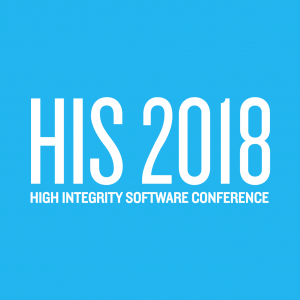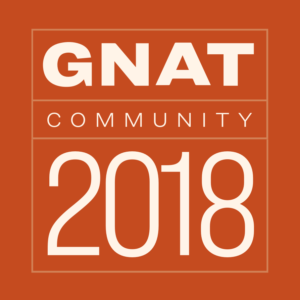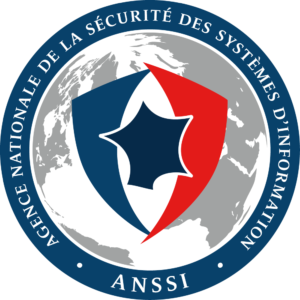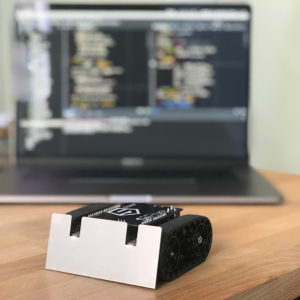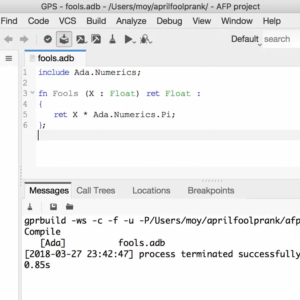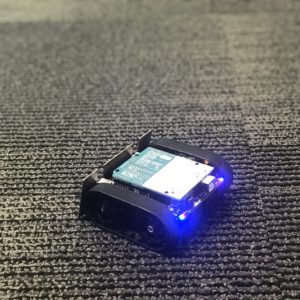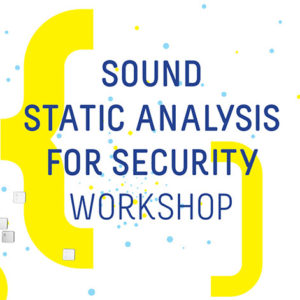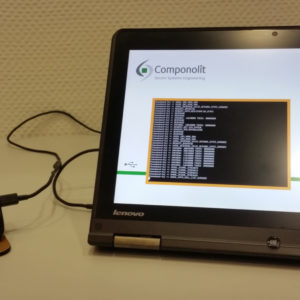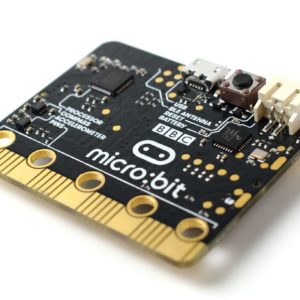
Amazon Relies on Formal Methods for the Security of AWS
Byron Cook, who founded and leads the Automated Reasoning Group at Amazon Web Services (AWS) Security, gave a powerful talk at the Federated Logic Conference in July about how Amazon uses formal methods for ensuring the security of parts of AWS infrastructure. In the past four years, this group of 20+ has progressively hired well-known formal methods experts to face the growing demand inside AWS to develop tools based on formal verification for reasoning about cloud security. What is unique so far is the level of investment at AWS in formal verification as a means to radically eliminate some security problems, both for them and for their customers. This is certainly an approach we're eager to support with our own investment in the SPARK technology.



